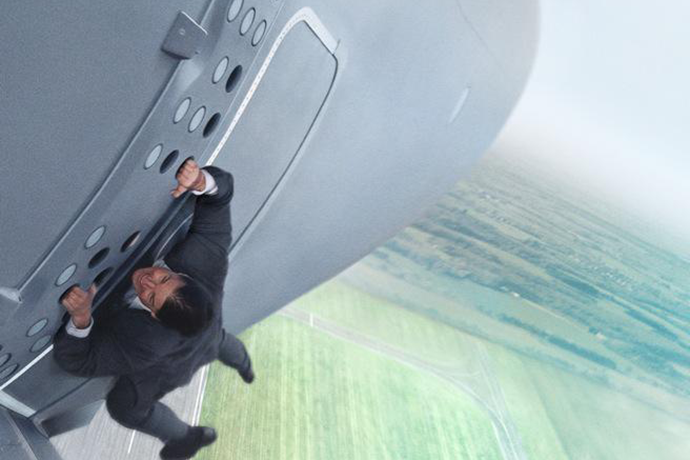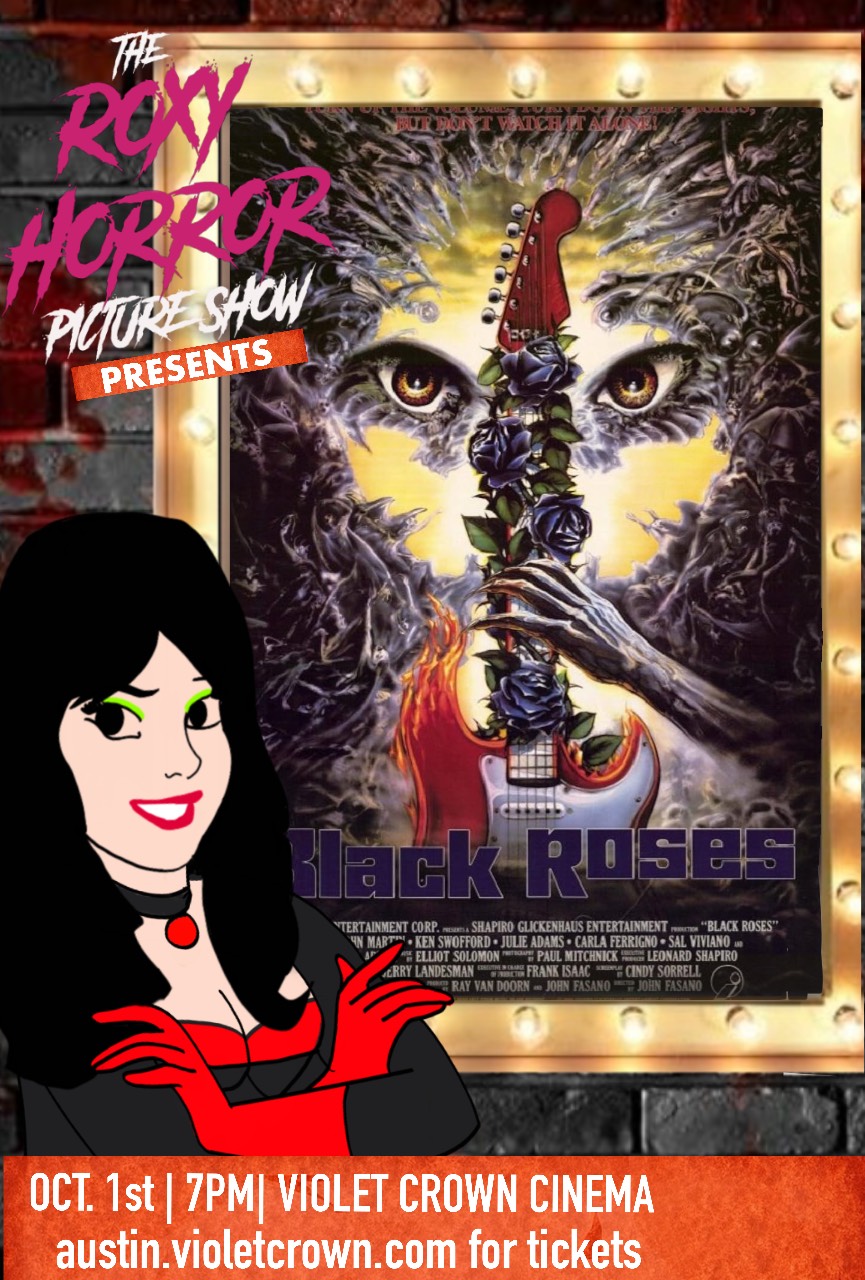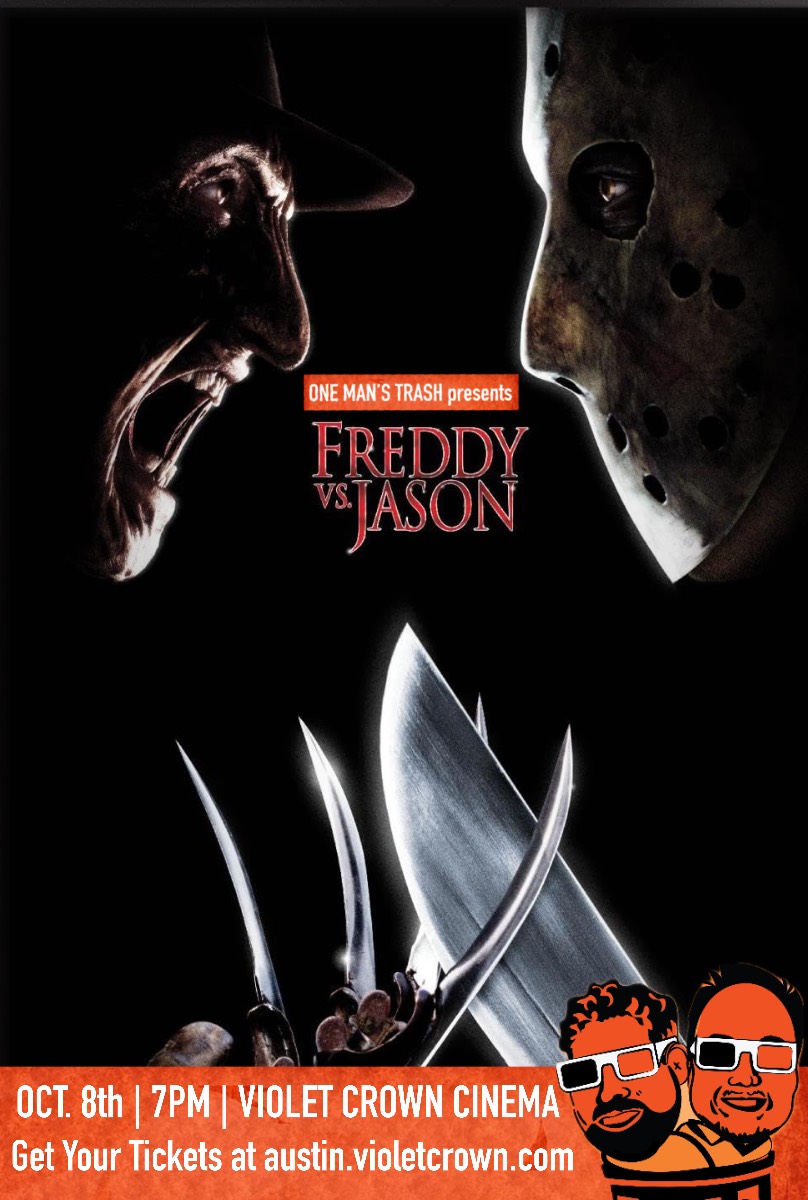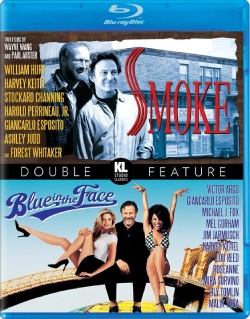Tom Cruise is up to his usual death defying antics once again. Nearly 20 years after turning the popular Cold War era espionage television series into a major blockbuster film franchise, Mission: Impossible is returning for a fifth installment with Rogue Nation this weekend. While consistently featuring the familiar face of Tom Cruise running his miraculously flawless physique down foreign territories, Ethan Hunt isn’t the only key factor that makes an entry in the M:I series truly memorable. One can see that just from how jarringly divergent each film’s style is, given that each installment has very different directors at the helm. Some understood the appeal of the series more than others, but each had their own notable elements that make their entries stand out… for better or worse. Still, all Rogue Nation director Christopher McQuarrie needs to fully understand this franchise are six essential elements;
1. The Team

A major criticism of the inaugural Brian De Palma directed installment of the franchise was the clear lack of a team element that made the original 60s series so popular. From my own admitted limited exposure to the original television show, the appeal of that was seeing Peter Graves (or Steven Hill in the first season) leading his team of spies into a mission of the highest importance. There are elements of that in the 1996 film, mostly during the opening set piece before things go awry and near the midway point when Cruise does his iconic wire act in the CIA headquarters. The problem with that film ultimately is that the team dynamic ends up being betrayed in favor of having many members of his old team revealed as double agents, with each back stab coming off as less of an authentic spy turn and more of an excuse to top itself with twist after twist. The team elements erodes even further once we get to Mission: Impossible 2, where the team is even more of an after thought to merely move along Ethan Hunt’s mission so he can eventually end up riding around on a motorcycle while dressed as Neo from The Matrix.
The third entry and especially Ghost Protocol on the other hand nail the team dynamic ideal pretty well. In those films, each character has a consistent job to work on during any given mission and there’s an equal focus on all them instead of just Hunt. Admittedly, Cruise’s crew in III aren’t the most interesting personalities aside from the previously established Ving Rhames & a small yet hilarious part for Simon Pegg during the film’s climax. This is in stark contrast to Maggie Q and Jonathan Rhys Meyers, who merely exist to perform their individual roles and have occasional one off lines to explain their limited personalities. With Ghost Protocol, the team members not only stick to their jobs, but have far more spirited personalities that bounce off of each other, whether it be Cruise’s determined gumption, Pegg’s worried contemplation, Paula Patton’s fierce pragmatism or Jeremy Renner’s secretive veracity. They feel like a genuine unit of personalities working toward a goal, which makes their slight slip ups all the more bracing in the middle of a mission and victories all the more rousing at the end of the mission. It’s what separates the M:I series from James Bond. You don’t see Q going on missions, do you?
2. Clever Espionage Tactics

Like any spy film worth its salt, the Mission: Impossible franchise features plenty of gadgets and strategies that Ethan & crew use to accomplish their mission. Probably the most iconic element from the Impossible franchise is the incredibly life like masks, which have gone through such an evolution over the course of the series. In the original film, it merely existed as an excuse to lay out the various back stabbings. In the second, it ended up being used time and time again to get Cruise out of any given situation to the point of unintentional hilarity and had the added unexplained element of a perfect voice chip that the third film had to retroactively give a solid reasoning for… though it somehow doesn’t explain how Cruise is able to replicate Philip Seymour Hoffman’s height and weight. So, it was definitely an inventive and fun device when first introduced, but became a crutch really fast along with many of the more high tech elements of the first few films.
That is part of the reason why I’d still say Ghost Protocol is the best of the entire series. The first act features a lot of the traditional tech of the franchise, but thanks to the machinations of the plot the crew is left without them. From there they have to rely on their wits and skills as spies, with only a limited amount of trinkets at their disposal. Even then, the tech was easily capable of malfunctioning at any second, as seen in the harrowing Abu Dhabi scene. It gives the action more stakes when these agents can’t merely rely on their gadgets to get out of any given scenario. Even something as small scale in scope as the negotiation scene has an energetic pace to it as each character tries to pull off the undercover espionage perfectly, which makes the small slip ups all the more surprising and their struggle in the action genuinely engaging. That’s why the climax of Ghost Protocol is so triumphant, as opposed to the climax of M:I 2 which feels like a commercial for a Tom Cruise action figure.
3. An Intimidating Villain
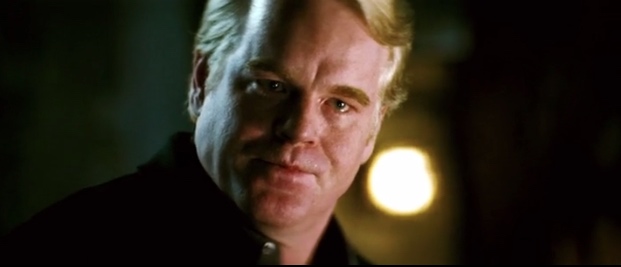
What good is an agent without a rogue to fight against? Unfortunately, this may just be the most inconsistent element of the entire franchise. In the first film, there’s a lot of director Brian De Palma’s trademark psychological mind tricks at play in the plot to wonder who exactly is the villain through out, which isn’t too uncommon an idea for a spy story. Trouble is, it eventually becomes clear that everyone working with Cruise who isn’t Ving Rhames is out to betray him, which removes any sort of suspense when most of them are inevitably out to get him. The second film does have a villain who is consistently an antagonist, though he is gratingly played by over the top screaming Scotsman Dougray Scott, who at one point exposits Cruise’s actions in a fashion that feels less like smarmy cunning and more like the film giving its own snarky critique on itself. Even my beloved Ghost Protocol suffers from a rather weak main villain who has little to no distinct personality, but at the very least services the story well enough to where it’s not too much of an issue.
However, III‘s biggest asset is its rather impressive villain in the form of the late great Philip Seymour Hoffman. In a sea of villains that are either arms dealers, former IMF agents gone rogue or some combination of the two, Hoffman stood out as someone genuinely intimidating. Hoffman’s more than his weaponized plot; he’s headstrong, determined and willing to take out any threat that gets in his way. He treats threats to his operation less like major adversaries and more like annoyances he needs to clean up. Ethan Hunt is like a buzzing insect to him, initially something minor he wants to swat away yet gets increasingly more aggravated with as Hunt buzzes around his face to the point where he’d do everything to squash Ethan with extreme prejudice. Hoffman also isn’t eccentric like a Bond villain; he’s pragmatic about his criminal activities and will remove the threats to his livelihood without hesitation or emotion. While most of the villains in this franchise clearly aren’t as intimidating, Hoffman is still a golden standard to strive for.
4. Central Set Piece

Probably the most memorable aspect of the M:I films are their spy center piece sequences. The first, for example, had the often parodied CIA break in scene where Tom Cruise hangs on a wire. In an admittedly flawed film overall, this sequences in sheer perfection in terms of construction. Not only is the action elegantly shot and the claustrophobia of it all sold perfectly by the editing, but the sound design is impeccable, masterfully using silence to the point where any minor sound feels like an earth shattering explosion to ratchet up the tension as only Brian De Palma really could. The third film has Cruise sliding down the Bocom tower, holding on for dear life as he falls ever closer to his potential death. Protocol of course has the famous Dubai tower sequence that increases the tension with the failing gloves flawlessly. Hell, even the second film has the opening rock climbing sequence that -while clearly there to inflate Tom Cruise’s own personal ego right from the get go- still serves as an impressive reintroduction to the Hunt character.
Yet, the big thing to note about all of these sequences really is its place in their overall films, which is the key that separates the weaker ones from the more memorable ones. The first film puts so much effort into perfecting that particular CIA sequence that it just ends up making the final climactic action sequence all the more dull and familiar, which isn’t helped by the rather horrible compositing technology or the aforementioned lack of consistent characters. M:I 2 on the other hand has more of an issue with simply creating memorably composed action sequences, instead just having director John Woo fling whatever dumb bit of action at the screen without any rhyme, reason or investment to hilariously over styled effect. Directors JJ Abrams and Brad Bird knew that the major set pieces weren’t meant to overshadow the rest of the sequences in their individual films, but rather complement them as well as keep the character motivations firmly at the forefront in order to keep the tension palpable. That’s why all of the action sequences in both those films have weight, particularly the opening Keri Russell rescue sequence in III that ends on such a shockingly quick & effective note or the small scale fight between Paula Patton & Lea Seydoux in Ghost Protocol that’s clearly motivated by character rather than just an excuse for action. Hopefully, the plane sequence that’s been heavily advertised does the same in Rogue Nation.
5. Genuine Compassion
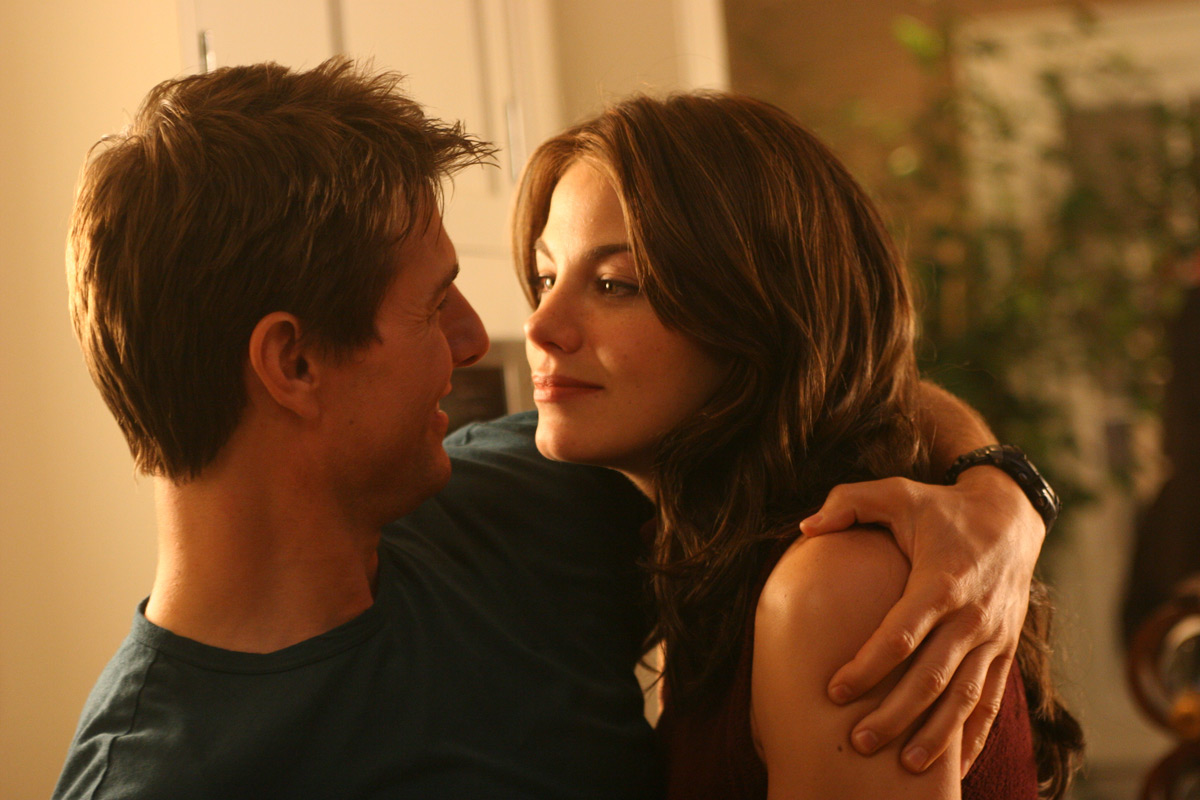
This is probably the most underrated aspect of any film in the franchise. Many spy films obviously have a love interest stock character and with somewhat of an exception of the first film (Emmanuel Béart has a vague sort of romantic flirtation with Cruise before her inevitable betrayal), each of the M:I entries has a plot element focused on a love interest of some sort. The second film in particular fits the stock character bill in an exceptionally bland fashion with Thandie Newton, who’s complete lack of chemistry with Cruise can’t be disguised by Hans Zimmer’s opera bloated score or Woo’s supposed romantic car chase sequence. III introduces Michelle Monaghan as Ethan Hunt’s fiance, which could have ended up coming off as a contrived attempt at giving Hunt a lover to worry over. Yet, Monaghan and Cruise seem to have a genuine chemistry and fret over the conceivably real problems of dealing with a relationship where one person is a part of a top spy organization. This helps give more weight to elements of the plot that are admittedly kind of schmaltzy in concept like the rushed wedding or her being kidnapped. Plus, Monaghan isn’t a totally helpless damsel; she actually does dispose of Billy Crudup during the climax and uses her nursing skills to revive Cruise after he becomes unconscious.
Of course, Monaghan is out of the picture by the time we get to Ghost Protocol, but her presence is felt throughout. Her supposedly break up with Ethan turned supposed assassination feeds much of the emotional conflict, with Cruise having a refreshingly platonic connection with Paula Patton as she struggles to get over the death of her own love and Jeremy Renner agonizes over his inability to save her whenever he’s around Cruise. It’s more engaging to have this inner emotional struggle within the characters rather than having them all simply be charming buddies spewing quips. That tension permeates throughout the film, even during the down time between parts of the mission as we wonder if one will snap at the other or have their emotions compromise their abilities as agents at any given point. Sure, Monaghan ends up being alive in a small twist at the very end of the film, but it feels far more earned because we’ve seen the characters get over their past hang ups on their own before the rousing climax. That growth is exactly what separates the rather bland betrayals of the first film from the team building and resolution during Ghost Protocol.
So, best of luck to Rogue Nation. Let’s hope it keeps all of these elements intact and present them in an elegant new fashion. Of course, if they can’t bank on keeping any of these elements… they could always just bank on another Limp Bizkit cover of the main theme. That always ages well.


